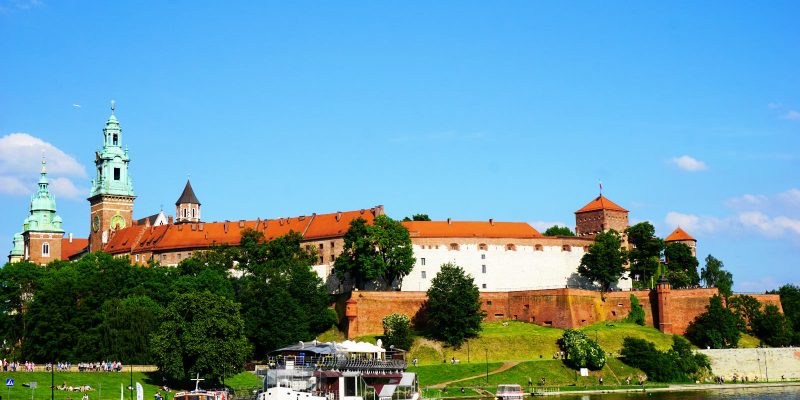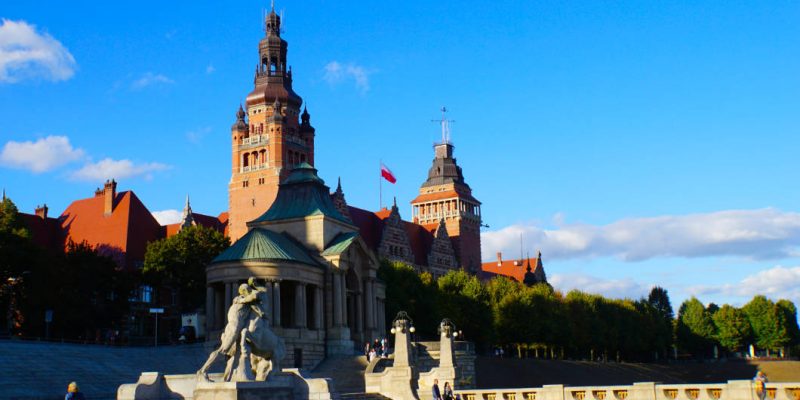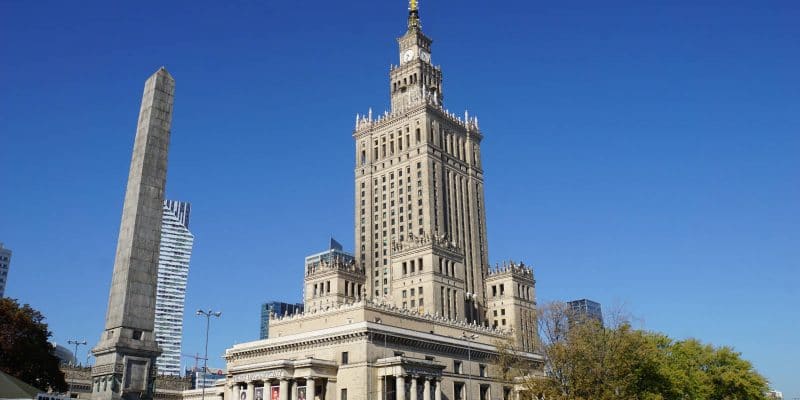Poland, or the Republic of Poland, is a country in Central Europe with borders to Germany, the Baltic Sea, the Czech Republic, Slovakia, Belarus, Ukraine, Lithuania and the Russian Federation. The capital and largest city is Warsaw with other large cities being Krakow and Lodz among others. The official language of Poland is Polish and the largest ethnic group is Polish at 98 percent.
Poland’s climate is largely temperate with some zones in the north being oceanic and some south and east zones being continental. Summers are usually warm and winters are fairly cold. Poland’s economy is helped greatly by tourism, and popular attractions include the UNESCO World Heritage Site of Zamosc Old City as well as the southern mountains, northern sandy beaches and the former Polish capital of Krakow, which was a hub of the Renaissance.
Explore the destinations in Poland

Krakow is the former capital of Poland (until 1596) and the coronation city of the Polish kings. Since the city was not destroyed during the war, today it is one of the best preserved cities in the country. Here you can experience a wonderful insight into European architectural history from Romanticism to Art Nouveau.

Szczecin is located on the lower Odra River at the estuary of the Szczecin Lagoon and Lake Damm. In Polish, the capital of the West Pomeranian Voivodeship.

The Polish capital Warsaw is located on the Vistula River. The city is one of the most important transport, economic and commercial centers in Eastern Europe, is a modern, young and dynamic metropolis and a city trip to Warsaw is full of surprises.
Poland travel information
Arrival
By plane
With the largest Polish airline LOT, which cooperates with Lufthansa, you can fly to Polish airports from Germany. In addition, some low-cost airlines offer regular flights.
The largest airport is in Warsaw, somewhat smaller ones for example in Krakow and Gdansk.
By train
It is possible to travel to Poland by direct train connections from many European countries. The rail network is very well developed and star-shaped oriented to the capital Warsaw. Other transportation hubs include Poznan, Gdansk, Szczecin, Wroclaw and Krakow.
For example, from Berlin there is a daily train to Warsaw. It takes about 6-7 hours.
Traveling by train in Poland is quite inexpensive.
By bus
There are numerous bus companies that offer trips to Poland from all over Europe. There are also numerous bus connections within the country, which are very cheap.
By car
The road network in Poland has been expanded and developed in recent years. There are some well developed highways, wide motorways but also still small bumpy country roads.
There is no compulsory vignette for cars. However, at some highway sections a toll is required. This is charged when entering or leaving the highway and can be paid in cash or by card.
There may be longer waiting times when entering or leaving the country at the EU’s external borders with Russia, Belarus or Ukraine.
Speed limits:
- 50km/h – city
- 90 km/h outside the city
- 120 km/h motorway
- 140 km/h – highway
Blood alcohol limit: 0.2.
It is necessary to drive with dipped headlights even during the day.
By ship
Poland has several seaports, for example in Gdansk, Gdynia, Swinoujscie. From here there are ferry connections to other Baltic Sea countries.
Entry regulations
Entry to Poland is possible for German citizens with the following documents:
Passport,
identity card
The travel documents must not have expired for more than one year.
Best time to travel
Poland is warm in summer, cold in winter and snowy in the mountains. The main travel period is in the summer months from June to August. In the mountains you can expect snow from December to April.
On the way in …
By plane
Within the country it is possible to reach all regional airports (except Allenstein) from Warsaw. There are also some connections between other airports. The connections are mainly operated by LOT
By train
There is a very dense rail network in Poland. Regional trains are very slow and travel comfortably across the country. In some classes of trains you have to reserve your seat in advance.
Tickets can be bought at the ticket office in most stations, ticket machines are rare. The prices depend on the type of train, for example, the same route with the regional train often costs half of the trip with the IC.
By bus
A fairly inexpensive way to travel around the country is the bus. There are several providers that serve different regions. Tickets can usually be bought from the driver.
By car
There is a good network of trunk roads. Voivodeship roads (yellow numbers) and regional roads are usually in good to acceptable condition. Some highways are subject to tolls.
There are many controls that quickly punish speeders. If you park wrongly, you can expect to find your car again with a parking claw and have to pay for it.
With the bike
Developed bike paths are rather rare in the cities.
There are some cycling routes along the side roads and on unpaved paths. In the meantime, the first national long-distance bike path has been completed, and more paths are to follow.
Language
The official and national language is Polish. Most Poles speak English as a second language. Most Poles working in the tourism sector also speak French, German, Spanish or Russian.
Currency
The Złoty is the currency of Poland. All coins have the coat of arms of Poland as a motif on one side. There are the following coins 1, 2, 5, 10, 20, 50 groschen and 1, 2 and 5 zloty and the following banknotes 10, 20, 50, 100, 200 and 500 Złoty.
Tip
In Poland, it is customary to tip about 10% in pubs and restaurants. In some restaurants a service charge is already on the bill, then you can waive the tip or give a little less. When paying by credit card, the tip should be given in cash, since in most cases it does not reach the staff.
For taxi rides, one pays about 10% tip.
In hotels, the porter receives a tip per piece of luggage and the cleaners per night.
Telefon / WLAN
The mobile network is very well developed and usually offers good connections even in rural areas. There are three providers in the mobile network area: Plus, Plus GSM, Orange. In the cities there are numerous Internet cafes with reasonable prices. The first WLAN hotspot in Europe was in Krakow’s Market Square.
Mobile Internet is available throughout the country.
Power Plug
Type C and E plugs are used in Poland. Type C is compatible with sockets in Germany – but the coverage is not 100%. For type E sockets, the German vacationer needs an adapter.